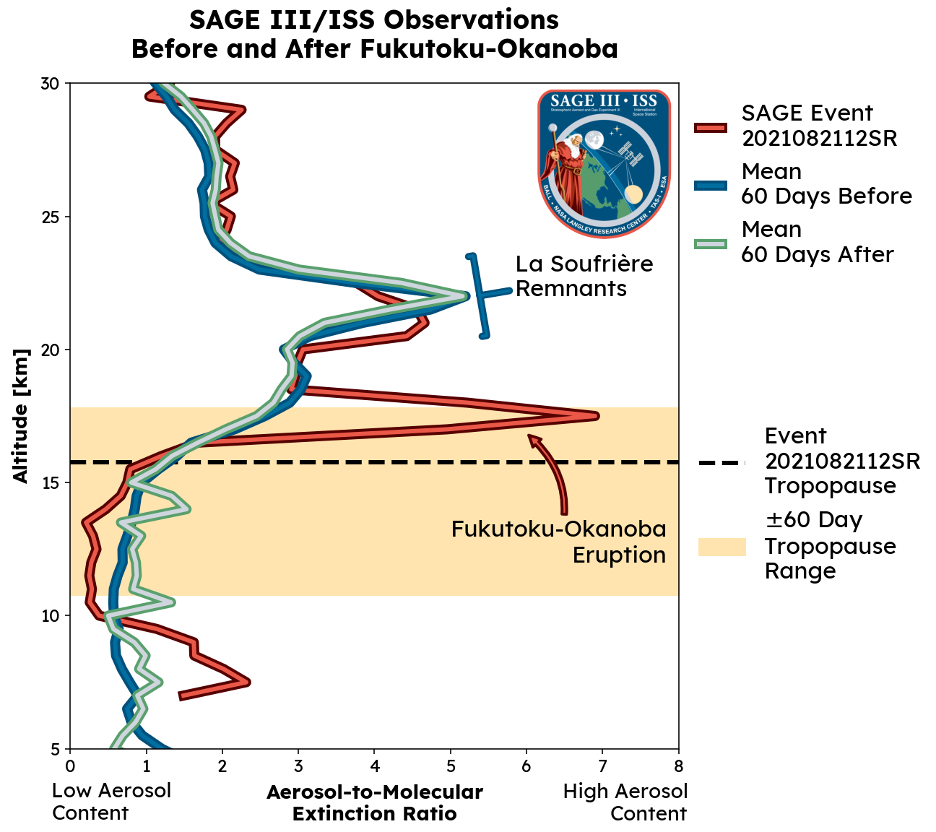Station Science Top News: Nov. 11, 2021
This past week, the space station crew worked on Plasma Kristall-4 (PK-4), which studies complex plasmas. Understanding how plasma crystals form in microgravity has already contributed to new patents and companies active in hygiene, water purification, odor control, car exhaust technology, and medical treatments for wound care and skin disease.
The PK-4 study follows the PK-3 Plus investigation, one of the first physical science experiments performed aboard the International Space Station. Plasmas are ionized gases produced by high temperatures (e.g., in the sun or during spacecraft atmospheric re-entry), or at low temperatures by electric fields (e.g., in neon tubes). In addition to the items seen in all plasmas (electrons, ions, and neutral gases), complex or dusty plasmas contain microparticles, like micron-sized dust grains. Due to the strong influence of gravity on the microparticles, most experiments on complex plasmas are adversely affected, or even impossible on Earth, and therefore require microgravity conditions.
PK-3 results have contributed to the licensing of seven families of patents and the creation of three companies active in hygiene, water purification, odor control, car exhaust technology, and medical treatments for wound care and skin disease. PK-3 and PK-4 are a collaboration between ESA (European Space Agency) and Roscosmos.
***
Results from the NeuroMapping study have helped researchers better understand how the human vestibular system adapts when astronauts return to gravity, which is necessary knowledge for preparing astronauts for deep space exploration.
When astronauts return from space, they have difficulty keeping their balance, walking, and running. This NeuroMapping study analyzed whether long-duration spaceflight causes any lasting changes to the brain, specifically when it comes to the vestibular system, which is related to balance. Recently published results show that the vestibular system reweighted different sensory inputs, and the brain adapted and formed new neural connections while in space. Postflight results show less deactivations in the brain’s somatosensory cortex (which processes sensory information from across the body) and visual cortex (which processes information from the retinas). Greater reductions in deactivations correlated with improved balance in astronauts after they returned to Earth. Three months after spaceflight, the astronauts returned to their baseline measurements. These results enhance researchers’ understanding of brain adaptation in space and postflight recovery, which are crucial for preparing humans to undergo deep space missions.
***
When underwater volcano Fukutoku-Okanoba erupted in August 2021, we could see the aerosols it released via the measurements made by the Stratospheric Aerosol and Gas Experiment (SAGE) III instrument aboard the International Space Station. These measurements can help scientists better understand global climate change.
Mounted on the outside of the space station, SAGE-III measured increased aerosols after the eruption, even though the volcano’s summit is 80 feet underwater. The volcano sent ash and sulfate aerosol particles into the lower stratosphere. Stratospheric aerosols such as these act to cool the Earth’s surface by reflecting sunlight back to space. Although this was a comparably small eruption, multiple minor and moderate eruptions causing aerosol enhancements in the stratosphere have a cumulative effect. This has been shown to be important when studying past changes in Earth’s climate and predicting future changes.

The data plot above shows the clear spike in aerosols right above the tropopause (dotted line) from the eruption of Fukutoku-Okanoba. Credits: NASA/Kevin Leavor







